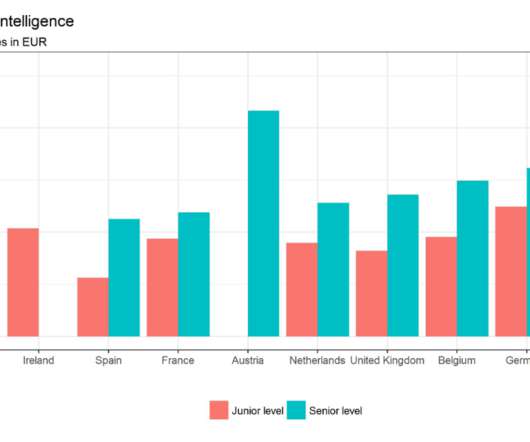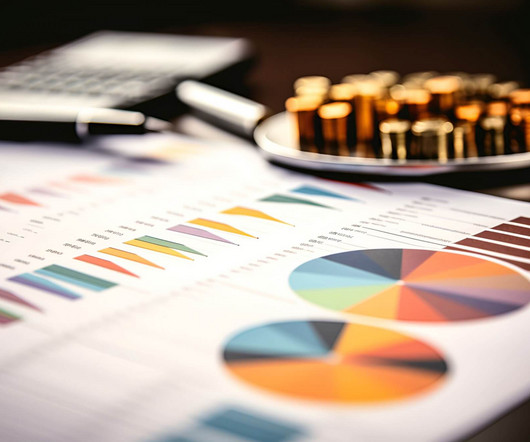A Guide To Starting A Career In Business Intelligence & The BI Skills You Need
datapine
MARCH 31, 2022
According to the US Bureau of Labor Statistics, demand for qualified business intelligence analysts and managers is expected to soar to 14% by 2026, with the overall need for data professionals to climb to 28% by the same year. BI Data Scientist. This beats projections for almost all other occupations. BI engineer.















Let's personalize your content